When Paula Millwood was told in her 20s that she would not be able to have children, she decided to try homeopathy.
The Fife practitioner and counsellor was diagnosed with polycystic ovarian syndrome at a young age and was told she would never be able to have a family of her own.
But the now 51-year-old refused to accept what she was told by a consultant gynaecologist and instead sought out alternative medicine.
She went on to have four children.
Today she is a registered member of the Society of Homeopaths (RSHom) and has been a homeopath practitioner for over 20 years.
She has owned her own practice, Eden Therapies, based in Cupar, with colleague Katrine Vogt, for the past 13 years.
How did Paula discover homeopathy?
Here Paula explains about what sparked her initial interest in homeopathy as part of World Homeopathy Awareness Week, which runs from April 10 to April 16.
“I am a recovered polycystic ovarian syndrome patient and I found I got no benefit from conventional medicine,” she said.
“My periods had been absent for three years.
“My consultant gynaecologist told me I would never have children when I was in my 20s and that I should get used to it.
“But I just thought no, absolutely not. I will find another way.
“And within two weeks of having homeopathic treatment, my menstrual cycle was restored.
“It was incredible.
“I went on to have four children.”
Paula said the homeopath she visited listened to her story which centred around her mum being unwell with epilepsy when she was growing up.
She said: “The homeopath I saw listened to my story and paid attention to things I liked and disliked, particular foods.
“She paid attention to my understanding of my menstrual cycle, how I was sleeping and my digestion.”
Paula said that after the first homeopathy session her periods returned.
What is homeopathy and how does it work?
The NHS says homeopathy is a form of complementary or alternative medicine involving the use of highly diluted substances, which practitioners claim can cause the body to heal itself.
For Paula, homeopathy is a holistic therapeutic system which considers the whole person.
Conditions that people often seek homeopathic support for include:
- asthma
- recurrent infections
- allergies like hayfever or food intolerances
- skin conditions like eczema
- arthritis
- menopause and menstrual issues
- problems sleeping
- mental health conditions like depression, grief and anxiety.
The first step is for Paula to have an in-depth consultation with the person.
She listens to them to understand the underlying cause.
Paula explained: “I will find out what happened to them in life before their symptoms started and how their whole self is responding to that disturbance.
“Homeopathy can be helpful with someone’s mental and physical health.
“All aspects are considered important when choosing the best remedy.”
Homeopathy can help both acute (short-term) and chronic (long-term) conditions.
Paula describes homeopathy as ‘energy medicine’.
She observes the energy of the homeopathic medicine working with the energy of her clients – based on the homeopathic principle of treating ‘like with like’ – to stimulate the body’s own healing response.
“There are around 4,000 homeopathic remedies from trees, fungi and plants to animal milks and venoms to elements and minerals,” she explained.
“Even chocolate and coffee are homeopathic remedies.”
Are the benefits of homeopathy proven?
People who practise homeopathy say the benefits include:
- Healing the main symptoms
- Feeling lighter
- Better sleep
- More energy.
Anecdotally, many people who have taken homeopathic treatment say their symptoms improve.
The NHS, however, states on its NHS inform website that despite extensive investigation into the effectiveness of the treatment, there is no good-quality evidence it works well as a treatment for any health condition.
Paula says she will tell her clients if she feels they should see a doctor.
But with the health service still under a great deal of strain after the pandemic, she believes there is a place for complementary therapies.
Paula added: “My hope is that the more people read about or hear about homeopathy, the more curious they become.
“And they might try it as a complement to other ways of improving their health and wellbeing.”
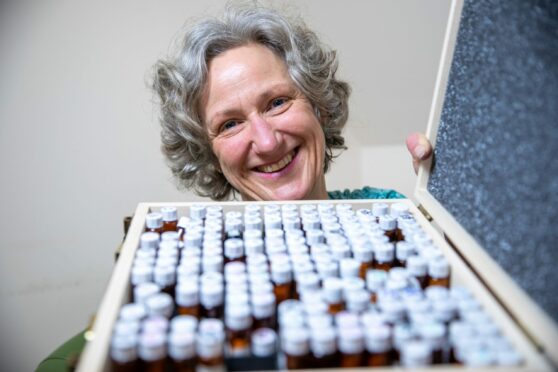
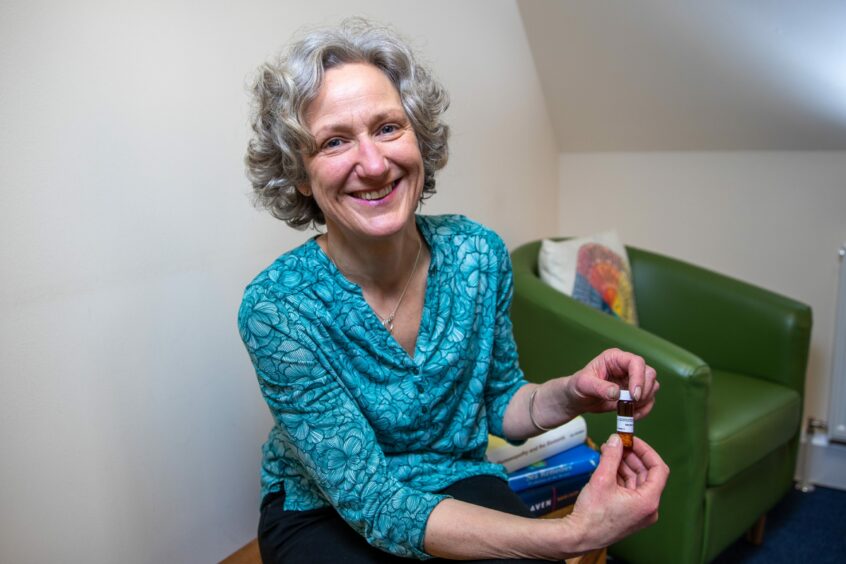
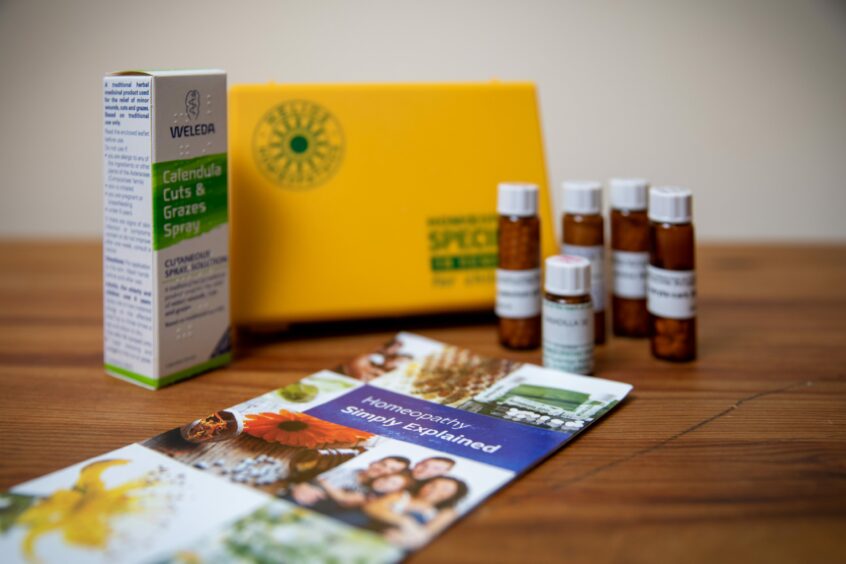
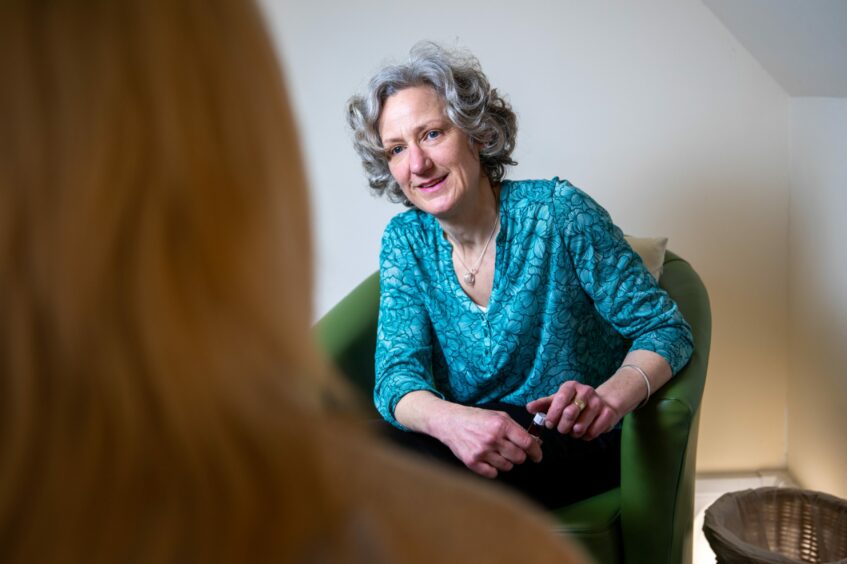







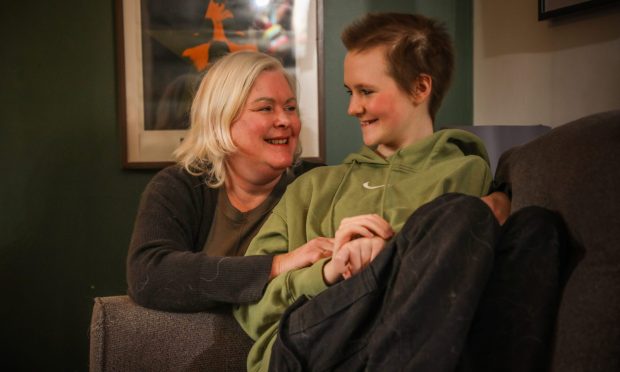


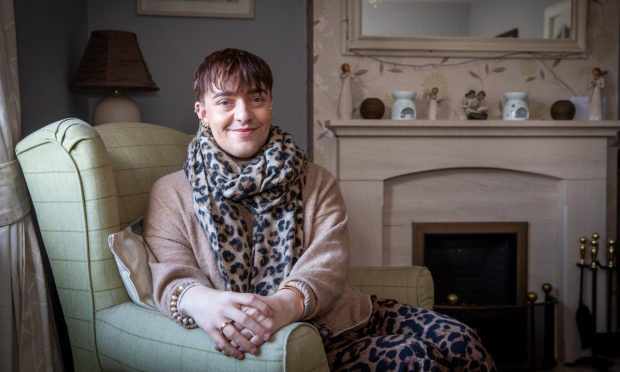
Conversation